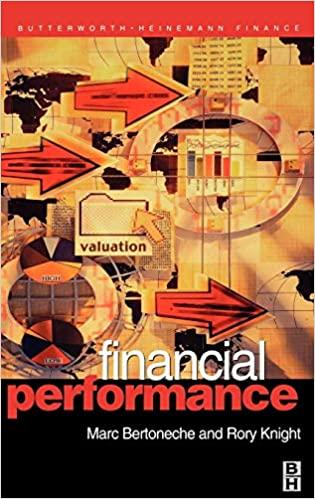

BigCo is buying LittleCo, and they are paying in shares. BigCo has levered cash flows of $400,000 per year in perpetuity, 5000 shares outstanding, and a levered cost of equity of 13%. LittleCo has levered cash flows of $75,000 per year in perpetuity, 1000 shares outstanding, and a pre-merger levered cost of equity of 19%. After the merger, BigCo can share their risk management expertise and access to capital markets with LittleCo, dropping their cost of levered equity to the same level as BigCo's. If BigCo wants to give LittleCo shareholders 20% of the synergies, how many new shares should they issue to compensate LittleCo shareholders? b) What are two reasons that BigCo might have chosen to pay in shares? If you were a LittleCo shareholder, would the way BigCo chose to pay make you more or less optimistic about the merger's prospects for success? a) b) variant a) You are considering a project that will cost $750,000 in upfront costs and will produce $90,000 per year in EBIT for the next 15 years. This project will be financed with 60% debt, 40% equity. You can borrow at 5.5% and pay a corporate tax rate of 28%. The asset beta for this project is 0.6, the riskless rate is 3%, and the expected return on an index fund is 16%. What is the NPV of this project, using the WACC method? b) Assuming all cash flows are perpetual, under what circumstances would you expect the FTE method to reject a project that the APV method would accept? What serious problem could this cause for a firm? BigCo is buying LittleCo, and they are paying in shares. BigCo has levered cash flows of $400,000 per year in perpetuity, 5000 shares outstanding, and a levered cost of equity of 13%. LittleCo has levered cash flows of $75,000 per year in perpetuity, 1000 shares outstanding, and a pre-merger levered cost of equity of 19%. After the merger, BigCo can share their risk management expertise and access to capital markets with LittleCo, dropping their cost of levered equity to the same level as BigCo's. If BigCo wants to give LittleCo shareholders 20% of the synergies, how many new shares should they issue to compensate LittleCo shareholders? b) What are two reasons that BigCo might have chosen to pay in shares? If you were a LittleCo shareholder, would the way BigCo chose to pay make you more or less optimistic about the merger's prospects for success? a) b) variant a) You are considering a project that will cost $750,000 in upfront costs and will produce $90,000 per year in EBIT for the next 15 years. This project will be financed with 60% debt, 40% equity. You can borrow at 5.5% and pay a corporate tax rate of 28%. The asset beta for this project is 0.6, the riskless rate is 3%, and the expected return on an index fund is 16%. What is the NPV of this project, using the WACC method? b) Assuming all cash flows are perpetual, under what circumstances would you expect the FTE method to reject a project that the APV method would accept? What serious problem could this cause for a firm








